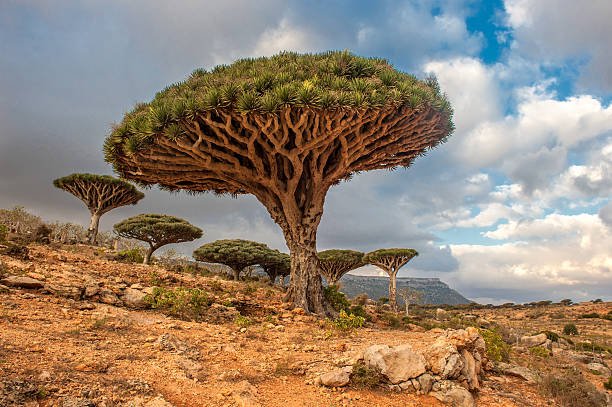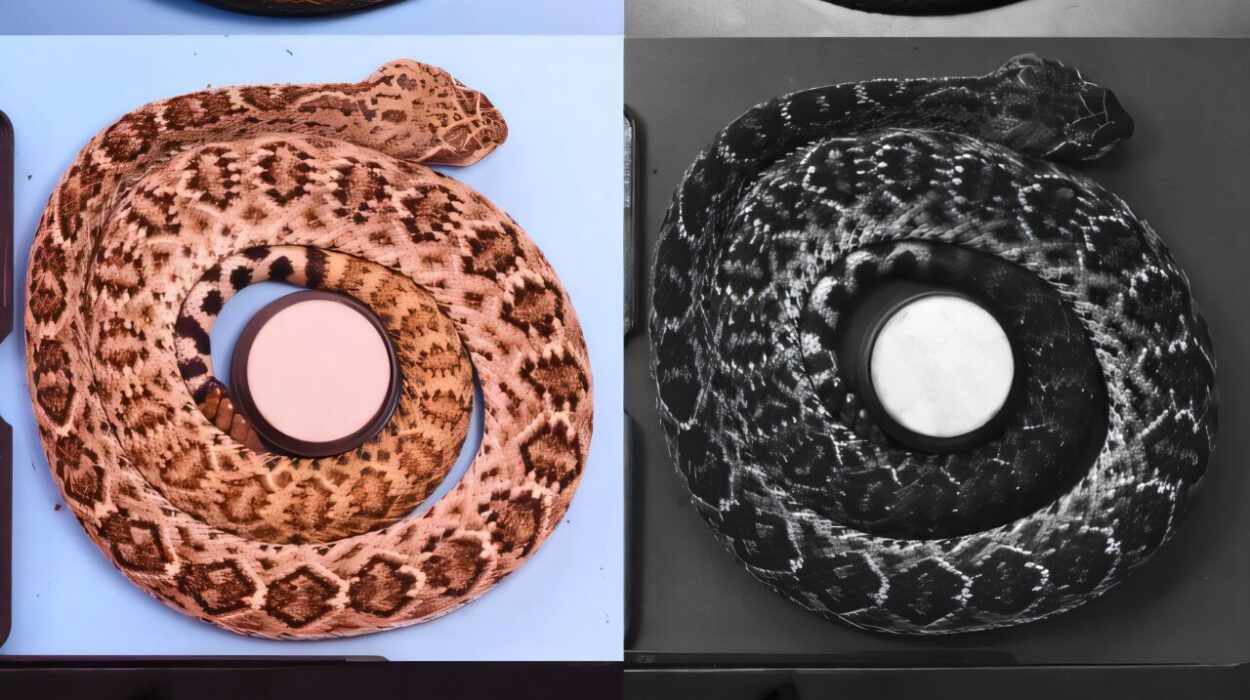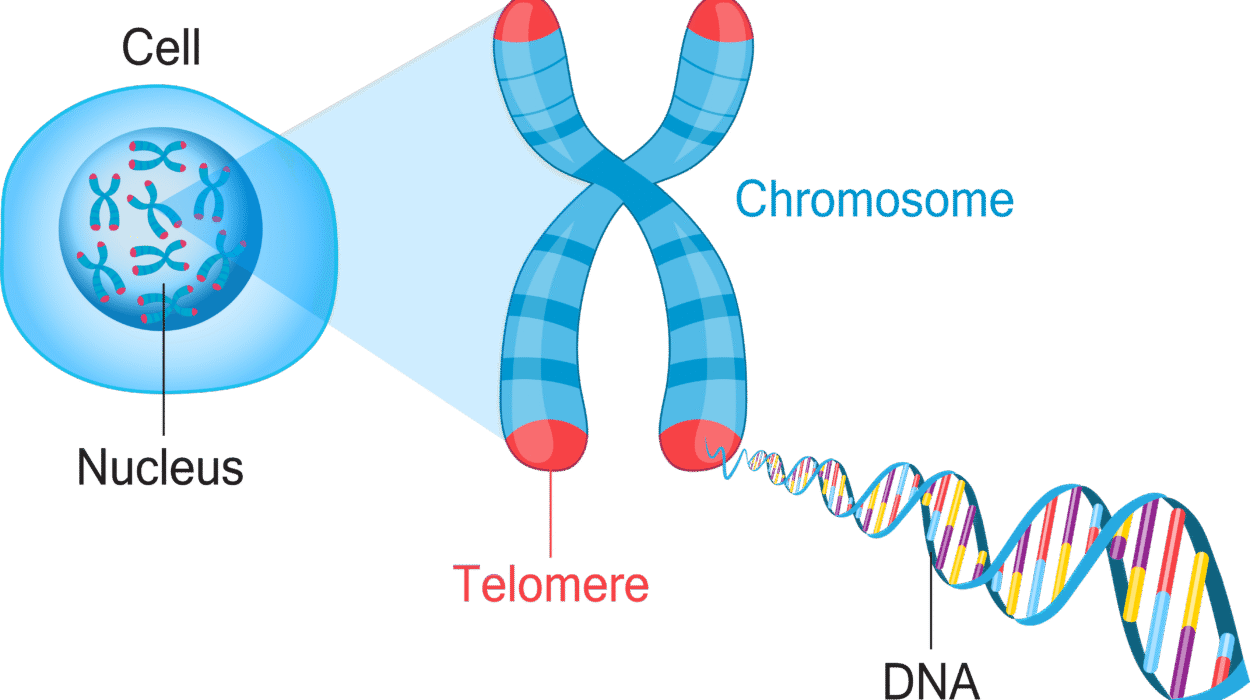In a sun-drenched forest clearing, a young naturalist pushes gently through a thicket of euphorbia shrubs. She reaches out, curious, and snaps a twig. From the wound, a milky white sap oozes out, dripping onto the forest floor like spilled paint. Nearby, she notices a slender tree with thin, papery bark; a small gash reveals a bright red fluid weeping down its trunk. For a moment, she gasps, startled—it almost looks like blood.
Is the tree bleeding?
In the human world, blood is a sign of life—and injury. It carries nutrients, transports oxygen, and signals our pain. The sight of it evokes deep primal emotions: fear, empathy, urgency. To see similar red liquid flowing from a plant triggers an uncanny disquiet. Are plants somehow more alive than we think? Do they bleed as animals do? And why would a tree, rooted and silent, bear such vivid wounds?
Though plants do not possess veins pulsing with blood, the liquids they exude—sometimes red, sometimes white, amber, or even blue—serve vital roles. The phenomenon of “plant bleeding” is not merely a quirk of nature. It is a drama written in chemistry and evolution, a survival story written in pigments, resins, and latex. To understand why plants bleed when they’re hurt, we must journey into the hidden world beneath their bark, into the labyrinthine corridors of xylem and phloem, and the secret alchemy of plant defenses.
The River Inside the Tree
Every tree, from the towering redwood to the slender maple, is a cathedral of flowing rivers. Unlike animals, which have a closed circulatory system driven by a pumping heart, plants rely on a complex network of tubes and pressures to transport water, nutrients, and the products of photosynthesis.
Deep within a plant’s tissues lie two critical highways: the xylem and the phloem. The xylem carries water and dissolved minerals upward from the roots to the leaves. It’s a silent elevator powered by the pull of transpiration—the evaporative loss of water through the stomata in the leaves. As water exits the leaves into the atmosphere, it creates a tension that pulls more water upward, defying gravity.
The phloem, on the other hand, ferries sugars, amino acids, hormones, and signaling molecules throughout the plant. Unlike the xylem, which generally moves fluids upward, the phloem can flow in multiple directions, distributing the products of photosynthesis from leaves to roots, buds, and fruits.
Together, these vascular tissues keep a plant alive. But when a plant is injured—whether by a hungry insect, a browsing deer, or a human’s pruning saw—those internal rivers are breached. Fluids spill forth. Sometimes they appear clear or yellowish. Sometimes they look eerily like blood.
The Many Colors of Plant Blood
Plant “blood” is not a single substance. It is a diverse array of fluids, each with unique chemistry and purpose. Some plants exude latex—a milky, sticky substance filled with proteins, rubbery polymers, and defensive compounds. Others secrete resins, which harden into protective crusts, sealing wounds. Still others produce pigmented sap that can be red, purple, or orange, as if the plant were hemorrhaging.
Take the dragon’s blood tree, Dracaena cinnabari, native to the Socotra archipelago in Yemen. When its bark is cut, it releases a deep red resin that has been prized for centuries as a dye, medicine, and varnish. The crimson sap seems almost magical, flowing like liquid rubies down the tree’s trunk.
Or consider the Brazilian tree Croton lechleri, which “bleeds” a vivid red latex when cut. Locally known as Sangre de Drago, or “Dragon’s Blood,” this sap has been used traditionally to heal wounds and treat gastrointestinal problems. Scientific studies have shown it contains taspine and other compounds with antimicrobial and wound-healing properties.
Even some common trees produce colored sap. The bloodwood tree (Pterocarpus angolensis) of southern Africa oozes dark red fluid when its trunk is injured, startling those who stumble upon it. In Australia, eucalyptus trees can exude a red kino gum, forming thick, sticky tears that harden like amber on the bark.
But the most famous example of red “blood” is perhaps the South American rubber tree, Hevea brasiliensis. Though its latex is white, when mixed with certain pigments or when oxidized, it can turn reddish, contributing to the eerie impression of a bleeding tree.
These liquids are not simply byproducts of injury. They are purposeful chemical weapons and survival strategies, honed over millions of years of evolutionary warfare.
The Wound Response: A Plant’s Silent Scream
When an animal is wounded, nerve endings scream in pain, alerting the brain to danger. But plants have no nerves, no centralized brain. Yet injury triggers a response no less sophisticated, albeit silent and invisible to human senses.
Upon damage, a plant’s cells near the wound begin an extraordinary biochemical process. Calcium ions surge into damaged cells, triggering a cascade of signals. Nearby cells release a burst of reactive oxygen species—highly reactive molecules that both signal damage and help sterilize the wound.
One of the key molecules unleashed is jasmonic acid, a plant hormone that acts like a biochemical SOS. Jasmonic acid rushes through the phloem, alerting distant tissues to prepare defenses. Genes switch on to produce protective compounds, from bitter-tasting alkaloids to sticky resins and toxic phenolics.
In the moments after an attack, the plant races to seal the breach. Parenchyma cells, the versatile builders of plant tissue, begin producing callose and suberin—compounds that form physical barriers around the wound. If the injury penetrates deep into the xylem, the plant may produce tyloses: balloon-like outgrowths that plug the water channels, preventing pathogens from spreading.
And, of course, there is the exudation of sap, latex, or resin—a literal bleeding that can flush out pathogens or trap invading insects. In many cases, the compounds in these exudates are toxic or deterrent, discouraging further feeding.
Plants, we discover, do not passively endure harm. They respond, fiercely and chemically, to survive.
Latex: The Milky Shield
Consider the euphorbias, the milkweeds, the rubber trees. These plants produce latex—a remarkable defensive fluid. When an insect chews into a milkweed stem, the latex gushes out, sticking to mandibles, clogging mouthparts, and sometimes delivering toxic alkaloids or cardiac glycosides.
Latex is a complex emulsion of water, proteins, terpenes, and specialized defense molecules. In the rubber tree, it contains rubber particles suspended in a watery serum. In some species, it harbors enzymes called proteases that degrade proteins in the mouthparts or digestive systems of insects.
Scientists believe latex evolved as a multipurpose defense: physically obstructing herbivores, chemically poisoning them, and sealing wounds against microbes. For the plant, it’s a costly investment, diverting significant metabolic resources. But in a world filled with hungry insects, it’s an investment that can mean survival.
Latex flows under pressure. When a plant’s latex ducts are punctured, the internal pressure forces the liquid out. Some species, like spurges, have such high pressure in their laticifers (latex-producing cells) that the fluid can spurt several centimeters, startling any would-be predator.
And though it appears white in most plants, latex can also be red or yellow, depending on the pigments dissolved within. To an insect, the color might signal danger. To humans, it creates the uncanny impression of bleeding.
Resins and Gums: The Healing Tears
In conifers like pines, spruces, and firs, a wound unleashes a different form of “bleeding”: resin. Golden, viscous, aromatic, resin oozes from bark injuries, gradually hardening into a protective seal. This sticky fluid traps insects, blocks fungal spores, and contains terpenes—volatile compounds toxic to many pests.
Resins are complex mixtures of diterpenes and triterpenes, molecules that give pine forests their distinctive scent. Some terpenes evaporate into the air, acting as chemical signals that summon predators of herbivorous insects—a kind of botanical distress call.
Over time, resins harden into amber, preserving ancient snapshots of life. Insects trapped in amber have offered scientists priceless glimpses into prehistoric ecosystems.
Other plants produce gums—polysaccharide-rich exudates that ooze out when the bark is damaged. Acacia trees, for instance, produce gum arabic, a substance used in food, medicine, and art. Though less toxic than resins, gums can help seal wounds and reduce water loss.
Both resins and gums exemplify how plants use “bleeding” as a healing mechanism, a chemical shield against an unfriendly world.
Dragon’s Blood and Crimson Saps: Evolution’s Artistry
The sight of red sap is perhaps the most dramatic botanical performance. The dragon’s blood tree of Socotra, with its crimson resin, evokes legends of slain dragons and mythical creatures. Ancient Romans used this resin as a pigment and medicine. In medieval Europe, it found its way into alchemy and ritual magic, believed to hold mysterious powers.
Biochemically, the red color often arises from phenolic compounds or specialized pigments called anthocyanins. In some species, the color is due to dracorubin and dracorhodin, complex molecules responsible for the blood-red hue of dragon’s blood resin.
Such vivid coloration may serve multiple roles. In some plants, pigments deter herbivores, signaling toxicity. In others, the compounds have antimicrobial properties, protecting the wound from infection. And for humans, these saps have held economic and cultural importance for millennia.
Yet the evolutionary origin of red sap remains partially mysterious. Some scientists propose that dramatic coloration may act as an aposematic signal—a warning advertisement like the bright colors of poisonous frogs. Other researchers suggest the color is a side effect of the biochemical pathways producing defense compounds.
What’s clear is that bleeding red has earned these plants a special place in human imagination.
When Trees Cry: Maple Sugaring and Bleeding Trees
Not all plant bleeding is defensive. Sometimes it’s the byproduct of spring’s thaw.
Consider the sugar maple. As winter gives way to spring, freeze-thaw cycles generate pressure changes within the tree’s vascular system. Water drawn up from the roots dissolves sugars stored in the wood. When the trunk is tapped, sap pours forth—a clear, sweet fluid later concentrated into syrup.
Though not “blood” in the literal sense, maple sap is another example of a tree bleeding when injured. Yet in this case, humans deliberately wound the tree to harvest its lifeblood. Done carefully, tapping causes minimal harm, allowing the tree to heal and continue growing.
In Europe, birch trees are tapped for sap used in drinks and traditional medicine. In tropical regions, coconut palms yield sap collected for sweeteners and alcoholic beverages. All these practices represent an ancient human relationship with plant fluids—wounds turned into nourishment.
Do Plants Feel Pain? The Ethics of Bleeding
Inevitably, discussions of plant bleeding raise philosophical questions. If plants bleed, if they respond to wounds with chemical signals, do they feel pain?
Modern science has made remarkable discoveries about plant perception. Plants sense light, gravity, touch, and chemicals. They communicate using electrical signals and hormones. Yet pain, as we understand it, requires consciousness—a subjective experience mediated by a nervous system. Plants lack neurons, brains, or centralized processing centers.
Instead, their responses are biochemical, decentralized, and automatic. Plants can detect damage and launch defenses, but there’s no evidence they experience suffering as animals do.
Still, the debate persists. Some philosophers argue that plants possess a form of distributed intelligence, a “network mind” scattered across roots, stems, and leaves. Others insist that sentience requires neural structures absent in plants.
Practically, science leans toward the conclusion that while plants react to injury, they do not suffer. Their “bleeding” is a biochemical process, not an expression of pain.
The Future of Plant Bleeding: Medicine, Industry, and Climate Change
Plant exudates have been humanity’s companions for millennia. Ancient Egyptians used resin to embalm mummies. Medieval scribes mixed plant gums into inks. Today, scientists study plant saps for pharmaceuticals, biodegradable materials, and adhesives.
Dragon’s blood has shown promise in wound healing and antiviral research. Latex from rubber trees remains essential to global industry, used in everything from tires to surgical gloves.
Yet climate change threatens this delicate chemistry. Rising temperatures, shifting rainfall, and invasive pests are altering resin and latex production worldwide. Trees stressed by drought produce less resin, making them vulnerable to bark beetles. Insects that once avoided certain latitudes are expanding, carrying pathogens into new territories.
Understanding why plants bleed is no longer mere curiosity—it is crucial for conserving forests, sustaining economies, and preserving the delicate dance between plants and the animals that rely on them.
A Deeper Connection
Standing in a forest, one cannot help but feel a hush fall over the trees. Sunlight filters through leaves, illuminating beads of resin glinting on bark wounds. Each drop tells a story of resilience and adaptation.
When we see a tree “bleeding,” we glimpse a hidden war—a battle waged in molecules and pigments, invisible yet profound. Plants have no voice to cry out, but their sap speaks volumes, revealing the invisible wounds inflicted by insects, storms, and human axes.
They bleed because they must protect themselves, seal their wounds, and deter those who would devour them. Their bleeding is not weakness—it is survival.
In a world where we often forget the silent lives of plants, perhaps the sight of crimson sap flowing down a tree’s trunk can remind us of our kinship with all living things. Like animals, plants fight to live, to heal, and to carry their line into the future.
Their blood may be sap and resin, but it pulses with a kind of life all its own. And in that hidden flow lies a story as deep and complex as any beating heart.






